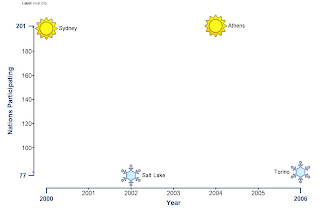The Video entitled Why Let Our Students Blog? by Rachel Boyd (http://www.youtube.com/watch?v=whm3pxqkvB8) offers the following reasons why students should blog. These are the benefits that she see in letting students blog.
Communication
Literacy
Sharing
Ownership
Collaboration
Disscussion
Interaction
Motivation
Participation
Engagment
Excitement
Conversation
Creativity
Critical Thinking
Expression
Reflection
Extended the walls of the classroom
Give students a voice
Give students an audience
Give students a learning environment
Skills useful for their digital future
I feel that all of these reasons are very valid, proving blogging to be a invaluable tool for student learning.
In my future classroom I will strive to find applications were blogging fits the class objectives because I see it as a powerful tool. However, at this time I feel the applications for blogginf in an elementary math classroom are limited. If the computer technology is availale for the students to access easily, I may use a student developed blog in place of the often used “Math Journals’. I think that this could give student s great experience in using technology. My only snag at this idea, after having the access to enough computers for my class, is that sometimes math journals contain pictures and numerical based inquiry. I’m not sure there currently exists and easy and nonlimiting way to translate these things to a digital blog. Being that most blogs are primarily text based and mine would need to be numerical and picture based, I am hoping that new software is developed that allows for these things to be easily documented.

